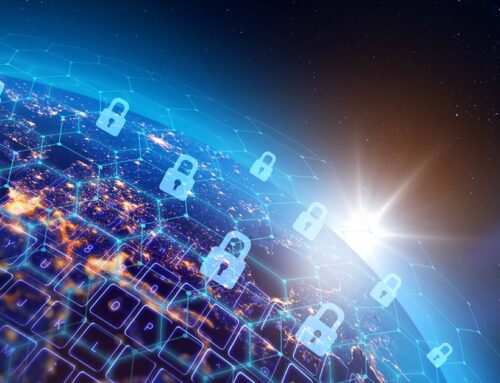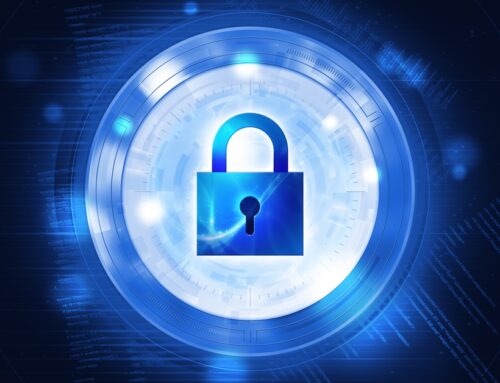Information technology security lacks the drama and empathy of a flesh-and-blood crisis, but it carries – in the view of many – the same kinds of critical consequences. When a business crashes, families flounder. When an industry crashes, towns and cities wither. When election rolls are corrupted, faith in government erodes. When the electrical grid, water system, maritime transportation system, or air traffic control blinks out, daily life gets different and the economy that makes modern life possible could itself become impossible.
Those are the stakes of information technology security. As sad and relevant as fires and floods and epidemics and hurricanes and all manner of disasters might be, they are local tragedies when compared with the potential reach and impact presented by failures in the world’s networks of information and data systems. It is hard to remember, or even imagine, a topic of such importance.
So much action and activity is seen in cybersecurity today that the dramatic increase in spending for it has been described as climbing a mountain. In fact, a Forbes article forecast that global cybersecurity spending will reach $170 billion in the coming year.
The Visible Sector of Data Protection
As alarming as the amount of spending on information technology security may be, the variety of directions in which those investments are made might be disturbing, too. Such a plethora of protective measures are taken that it suggests the lack of an agreed-upon strategy in most business and in many industries. In fact, the Department of Homeland Security distilled and defined its own strategy just over a year ago.
The confidentiality, integrity, and availability of our data and information systems have mainly been staked on programming, software, and other measures that protect the virtual world of information technology security. But what about the physical world?
The fact is that some of the most impactful cyber-attacks yet known were enacted by inserting an actual carrier device into the ports or connectors of the targeted data network. The successful attacks that were made this way include a devastating delay to the Iran nuclear program, and the infiltration of “beacon” programs into a network that linked the U.S. Defense Department, State Department, and some U.S. intelligence agencies, enabling Russian operatives to monitor communications.
Yes, a simple flash drive was behind each of these attacks. Research has demonstrated repeatedly that even the best-trained associates will pick up a stray memory stick and plug it into a port at work, and they’ll do it within minutes.
The Solutions are Readily at Hand
To help organizations bolster their information technology security, The Connectivity Center offers dozens of devices that overcome the threat of attacks or infections, including an evolving array of USB port blockers, network module locks, and fiber optic module locks. The product portfolio and the programs we offer include many other options to suit your system, your goals, and your threat profile. Our history and heritage of quality, value, variety, and versatility are the best assurance you can bring to the present moment, to improve your information security technology in this data-rich world.










